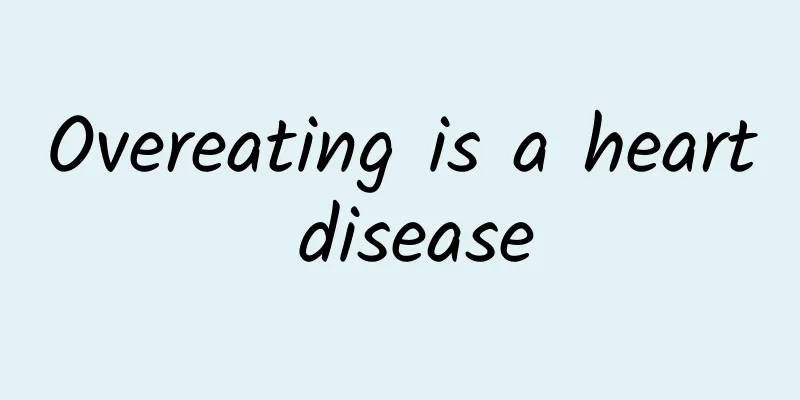How to treat submucosal uterine fibroids

|
Submucosal uterine fibroids are actually a type of symptom of uterine fibroids. For patients, if they want to effectively reduce the impact of these uterine fibroids or reproductive diseases, they need to adopt scientific and effective treatment plans. 1. Expectant treatment Suitable population: patients aged 40-50 years and above, who have begun to experience menopause and have no obvious clinical symptoms such as excessive bleeding and pain. Specific method: No drugs or other treatments are needed. Gynecological internal examination and B-ultrasound examination are performed every 3 months. If the tumor does not grow rapidly and the bleeding and pain symptoms do not worsen, we can expect the uterine fibroids to gradually shrink as age increases and sex hormone levels decrease. 2. Medication Advantages: Current conservative treatment is mainly based on drug therapy, which can avoid the pain and sequelae caused by surgery. Generally, if drug treatment is not ideal, minimally invasive or surgical treatment will be considered. Chinese medicine treatment: regulates the endocrine system and microcirculation of female patients, regulates blood and qi, disperses stasis and resolves stagnation, and eliminates uterine problems from the source 3. Hysterectomy Applicable population: patients with large fibroids, severe symptoms, ineffective conservative treatment or malignant diseases. Advantages: This surgery completely removes the uterus and eliminates its symptoms. Disadvantages: The patient loses fertility and no longer has menstruation. 34% of women experience ovarian failure and menopausal symptoms within 2 years after surgery. Hysterectomy affects the integrity of the pelvic floor, shortens the vagina, and has a certain impact on sexual life. After hysterectomy, premature ovarian failure leads to decreased estrogen and increased cardiovascular morbidity. Patients are prone to adverse reactions such as obesity, hypertension, heart disease, and osteoporosis. Patients need 4-8 weeks to recover after surgery. 4. Laparoscopic myomectomy Advantages: Small incision, less pelvic adhesion formation; fast postoperative recovery, most patients can walk and eat in the afternoon of the day of operation; less wound pain and postoperative fever, seldom need sedatives and analgesics; small and beautiful incision, in line with the aesthetic psychology of young people; shortened hospitalization time, generally patients can be discharged from the hospital 48 hours after surgery. Disadvantages: It is ineffective for larger (over 5 cm) submucosal fibroids. |
<<: Will a corpus luteum cyst go away on its own? Women, please take a closer look
>>: Can I eat bananas after medical abortion?
Recommend
Why do you have sexual desire during menstruation?
Women's menstrual period means changes in the...
What is bilateral breast thickening?
Breasts are an important symbol of the female bod...
History of vaccine development - the value of combination vaccines
This is the 4980th article of Da Yi Xiao Hu Nelso...
Temperature changes during the first three days of menstruation
Many women use ovulation test strips and pregnanc...
Can pregnant women eat snail rice noodles?
Some people are actually not used to eating snail...
Acupuncture points for female beauty care
In fact, whether a person's body is healthy o...
How to clean up lochia as quickly as possible
Lochia is actually the dirty blood that has not b...
What should I do if I have a lot of blackheads on my face?
Have you noticed that people who usually have acn...
How to correctly judge ectopic pregnancy
Because we all know that as an ectopic pregnancy,...
How to prevent colds during pregnancy
Pregnant women are very likely to catch a cold du...
Cervical cancer screening considerations
Cervical cancer has become a disease that modern ...
These common eye diseases in spring, remember to prevent them in advance!
Spring is the season when everything comes back t...
How to supplement iron deficiency in late pregnancy
Iron deficiency in the late pregnancy is more ser...
Beware of these "Spring Festival diseases"! If you encounter similar situations, go to the hospital immediately!
Expert of this article: Li Tian, Chief Physicia...
How to Adjust College Students' Psychological Troubles
Author: Wang Yuanli, The First Affiliated Hospita...









